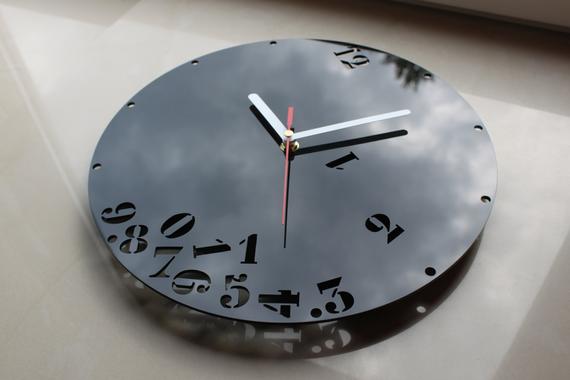
04 Sep The Future of Work – the end of the office 9-5

Katarina Pera, Reputation Leaders
COVID-19 pandemic was quick to grow beyond its initial impact on physical health and to turn into an economic and mental health crisis that changed the way we live, collaborate, and interact with others. In a matter of days, work left office buildings, and whole industries found themselves struggling for survival. For the first time in history, a large cohort of workers all over the world started working from home while connecting and collaborating digitally. Such swift and all-encompassing change can perhaps just be compared to World War II when waves of women entered heavy manufacturing for the first time.
With businesses now preparing for employees to return to the workplace, Reputation Leaders in partnership with Manpower Group asked 8000 workers in 8 countries about their vision of the future of work in a world fundamentally changed by COVID-19.
In June 2020, we found that 94% of workers had concerns about going back to the workplace. Still, only 5% said they didn’t want to go back to the office at all. According to our research, to be able to feel safe at work, workers need reassurance that their health, safety, and wellbeing come first. More specifically, they want their employers to ensure unwell workers stay home, to enforce strict hygiene policies, and to communicate clearly on how health will be protected before workers return to the workplace.
In the current climate of uncertainty and conflicting information, employer trust has once more proven to be essential for instilling confidence – three in five workers who trust their employers to make the right work and health decisions are likely to feel positive about returning to the workplace.
But what about long-term plans? Overall, we found that 43% of workers agree that the crisis marks the end of 9-5 work in a centralized office. That shouldn’t mean leaving offices for good, though. With most employees preferring a hybrid approach of spending 2-3 days a week in the workplace it looks like our offices are here to stay, but they might not be as full and lively as we remember them.


